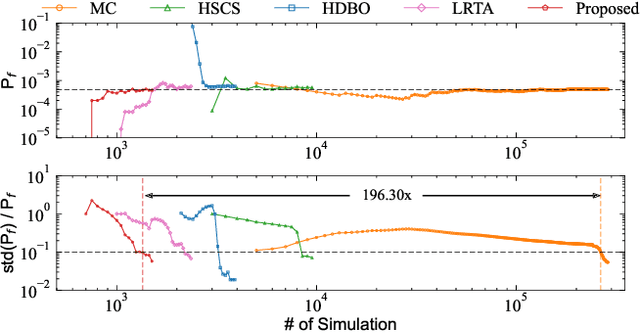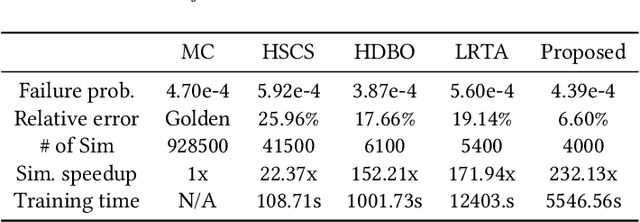Shuo Yin
MuMath-Code: Combining Tool-Use Large Language Models with Multi-perspective Data Augmentation for Mathematical Reasoning
May 13, 2024Abstract:The tool-use Large Language Models (LLMs) that integrate with external Python interpreters have significantly enhanced mathematical reasoning capabilities for open-source LLMs, while tool-free methods chose another track: augmenting math reasoning data. However, a great method to integrate the above two research paths and combine their advantages remains to be explored. In this work, we firstly include new math questions via multi-perspective data augmenting methods and then synthesize code-nested solutions to them. The open LLMs (i.e., Llama-2) are finetuned on the augmented dataset to get the resulting models, MuMath-Code ($\mu$-Math-Code). During the inference phase, our MuMath-Code generates code and interacts with the external python interpreter to get the execution results. Therefore, MuMath-Code leverages the advantages of both the external tool and data augmentation. To fully leverage the advantages of our augmented data, we propose a two-stage training strategy: In Stage-1, we finetune Llama-2 on pure CoT data to get an intermediate model, which then is trained on the code-nested data in Stage-2 to get the resulting MuMath-Code. Our MuMath-Code-7B achieves 83.8 on GSM8K and 52.4 on MATH, while MuMath-Code-70B model achieves new state-of-the-art performance among open methods -- achieving 90.7% on GSM8K and 55.1% on MATH. Extensive experiments validate the combination of tool use and data augmentation, as well as our two-stage training strategy. We release the proposed dataset along with the associated code for public use.
High-Dimensional Yield Estimation using Shrinkage Deep Features and Maximization of Integral Entropy Reduction
Dec 05, 2022



Abstract:Despite the fast advances in high-sigma yield analysis with the help of machine learning techniques in the past decade, one of the main challenges, the curse of dimensionality, which is inevitable when dealing with modern large-scale circuits, remains unsolved. To resolve this challenge, we propose an absolute shrinkage deep kernel learning, ASDK, which automatically identifies the dominant process variation parameters in a nonlinear-correlated deep kernel and acts as a surrogate model to emulate the expensive SPICE simulation. To further improve the yield estimation efficiency, we propose a novel maximization of approximated entropy reduction for an efficient model update, which is also enhanced with parallel batch sampling for parallel computing, making it ready for practical deployment. Experiments on SRAM column circuits demonstrate the superiority of ASDK over the state-of-the-art (SOTA) approaches in terms of accuracy and efficiency with up to 10.3x speedup over SOTA methods.
 Add to Chrome
Add to Chrome Add to Firefox
Add to Firefox Add to Edge
Add to Edge